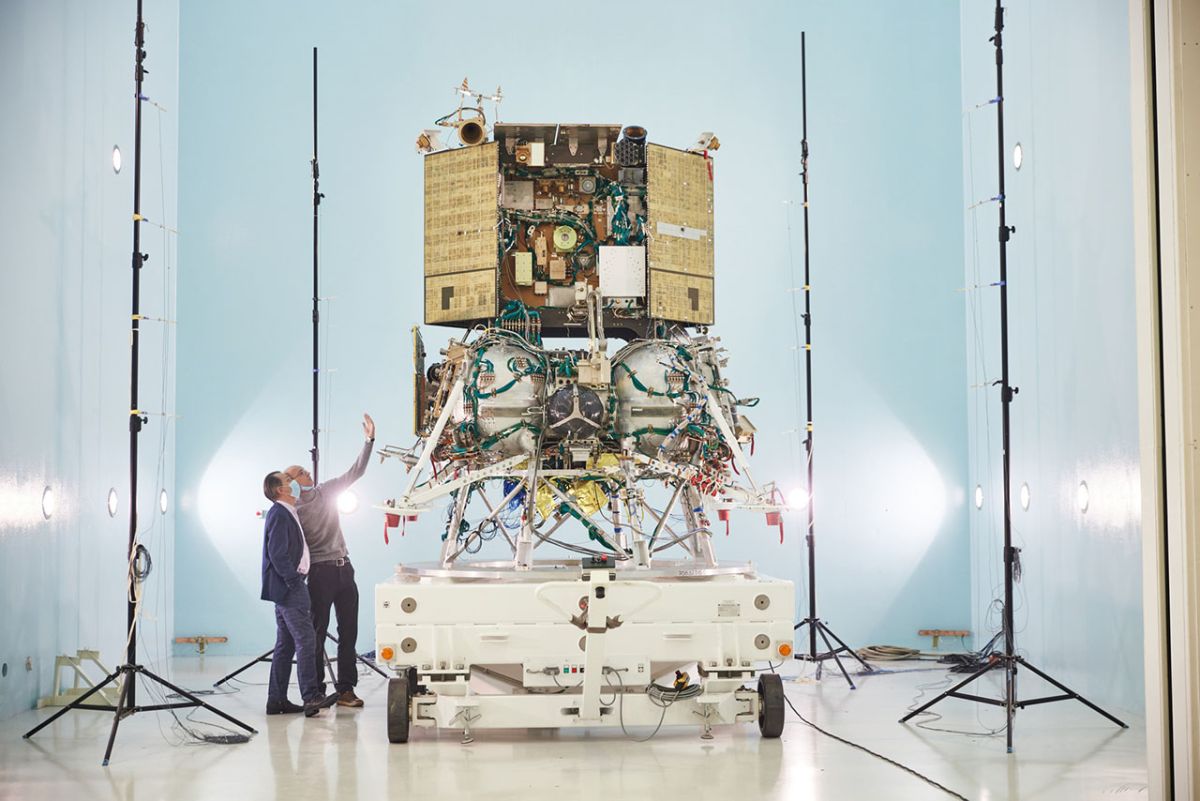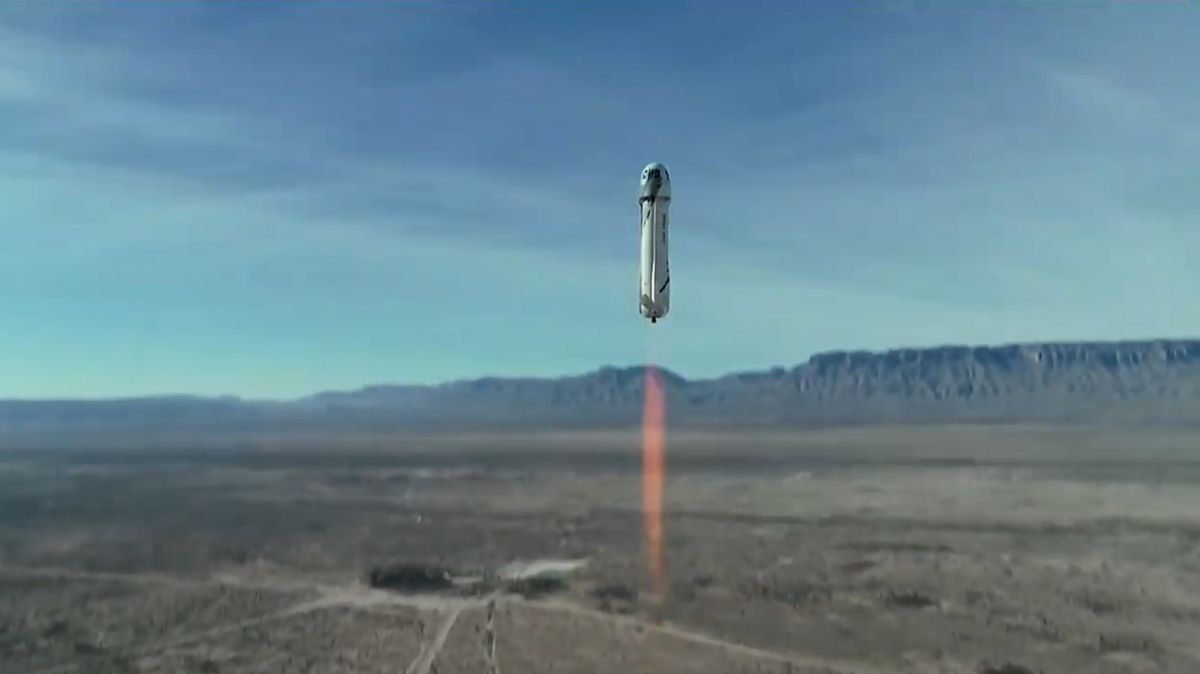The night lights of Tokyo, Japan, are pictured from the International Space Station as it orbited 261 miles above the island nation.
Read MoreMonth: April 2021
Russia is going back to the moon this year
Russia is revisiting its Soviet space heritage for a new series of missions that will take the nation back to the moon. The first of those missions, dubbed Luna 25, is scheduled to launch this October, ending a 45-year drought of Russian moon landings with the nation’s first arrival at the south pole, where, like everyone else targeting the moon, Russian scientists want to study water locked below the surface in permanent ice. “The moon is the center of our program for the next decade,” Lev Zelenyi, scientific advisor for…
Read MoreGalaxies, the cosmic cities of the universe, explained by astrophysicist
Paul M. Sutter is an astrophysicist at SUNY Stony Brook and the Flatiron Institute, host of Ask a Spaceman and Space Radio, and author of How to Die in Space. Galaxies are glittering cities, massive metropolises full of stars, dust, gas, black holes, magnetic fields, cosmic rays, dark matter and more. Separated by millions of light-years of essentially nothing, galaxies are incredibly isolated, each one an island. Astronomers have identified three kinds of galaxies: spirals, ellipticals and irregulars, and the differences between those kinds of galaxies reveal their complicated histories. Related:…
Read MoreSt. Vincent’s La Soufrière volcano eruption spotted from space (photos)
New satellite imagery captures the relentless eruptions of the La Soufrière volcano on St. Vincent, which began on Friday (April 9). La Soufrière, which last erupted in 1979, is located on the eastern Caribbean island of St. Vincent. After decades of inactivity, the volcano started rumbling late last year, when scientists noticed a new lava dome had formed, oozing lava in the volcano’s summit crater. Satellites operated by NASA, the National Oceanic and Atmospheric Administration (NOAA) and Maxar Technologies have been tracking the La Soufrière volcano as it continues to…
Read MoreNew Distances Support Idea of Dark Matter–less Galaxies
New distances to two dwarf galaxies with unusually spread-out stars support the idea that these galaxies have little to no dark matter. The post New Distances Support Idea of Dark Matter–less Galaxies appeared first on Sky & Telescope.
Read MoreAstronomers Use AI to Investigate Quasars and Galaxies Galore
New applications of machine learning have enabled astronomers to classify 27 million galaxies and pick out a dozen rare quadruply lensed quasars. The post Astronomers Use AI to Investigate Quasars and Galaxies Galore appeared first on Sky & Telescope.
Read MoreSometimes Black Holes Are Prettier in Pink
This image, taken by the Chandra X-Ray Observatory in 2012, shows an extraordinary outburst from a black hole.
Read MoreBlue Origin to launch ‘astronaut rehearsal’ New Shepard test flight today. How to watch live.
[embedded content] Blue Origin plans to launch an uncrewed test flight of its New Shepard suborbital vehicle today (April 14), and you can watch the action live online. The company, which is led by Amazon.com founder Jeff Bezos, will launch New Shepard from its West Texas site on Wednesday during a window that opens at 9 a.m. EDT (1300 GMT; 8 a.m. local time), if all goes according to plan. You can watch it on this page and here, as well as on the Space.com homepage, starting an hour before…
Read MoreDid lightning help spark life on Earth?
It’s one of the longest-running mysteries of science: How did a jumble of elements undergo the right chemical reactions to spark life on Earth? The answer, it seems, is electrifying … literally. Scientists think that, over time, lightning strikes on Earth — upwards of a quintillion times (1,000,000,000,000,000,000) over a billion years — could have “unlocked” phosphorous, a biomolecule integral to the origin of life on our planet, researchers at Yale suggest in a new study. “This work helps us understand how life may have formed on Earth and…
Read MoreWeird ‘blue’ dunes speckle the surface of Mars in NASA photo
What might look like a scene from a science fiction film is actually a real-life image of dunes speckling the surface of Mars. The gorgeous photo from NASA’s Odyssey orbiter released April 8 reveals the extreme and varying temperatures in a sea of dunes at Mars’ northern polar cap, which are formed into long and weaving lines by winds over time. The Red Planet does not actually have blue patches; the blue regions in this false-color image represent colder areas, and warmer features are seen as a yellowish-orange color, NASA…
Read More


